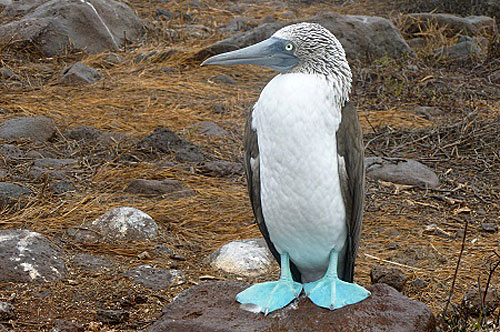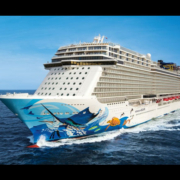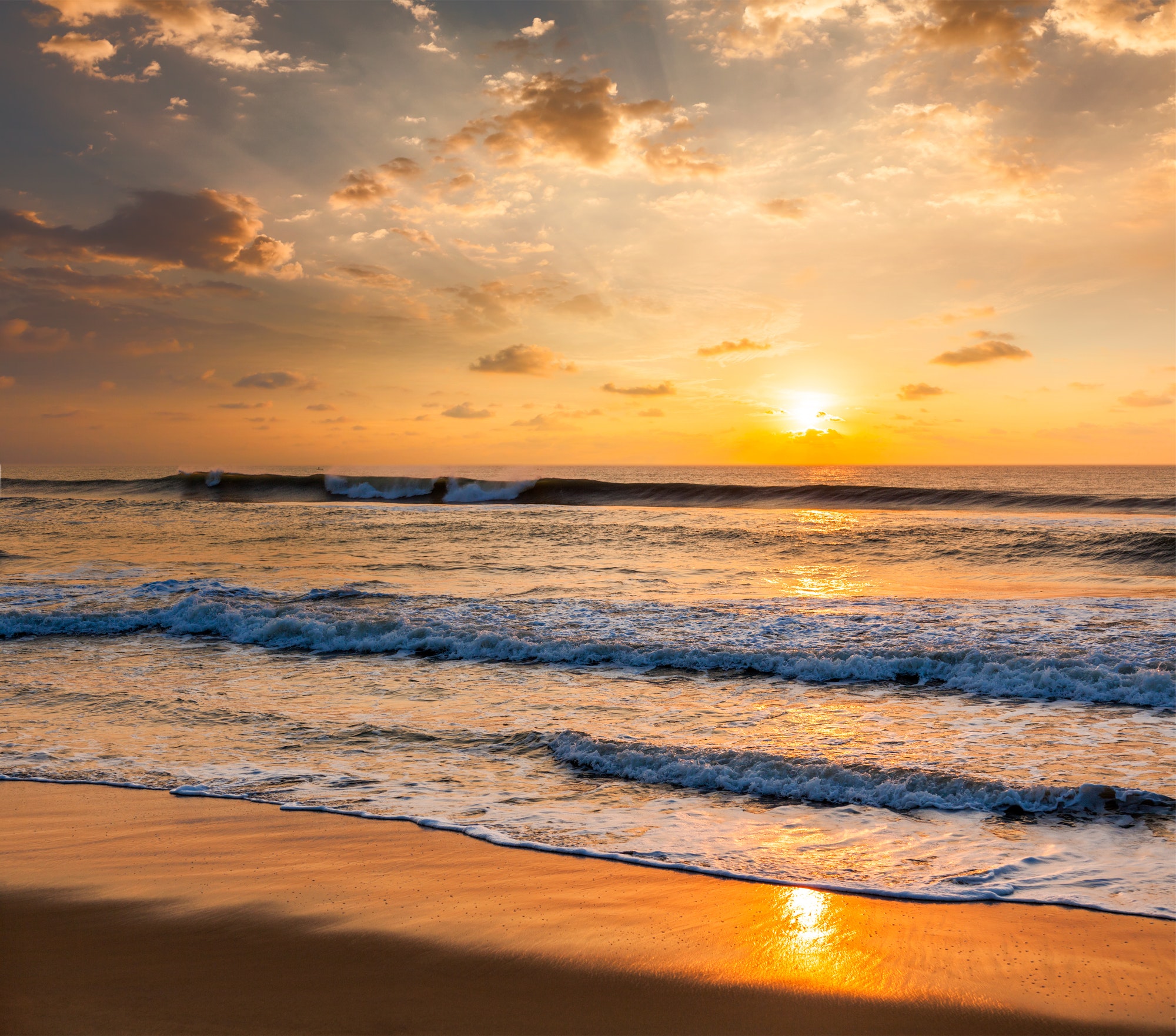How to Choose Your Galapagos Adventure
The Galapagos Islands, a wildlife sanctuary 600 miles offshore of Ecuador and a UNESCO World Heritage Site, is a bucket list vacation. The archipelago of 13 major islands and seven minor ones, not only sustains some unique species, but the critters here, having evolved without predators, have no fear of people. On your walks, depending on the island, you’re likely to have to step over a sea lion pup who has wriggled in your path and brush by a colony of blue-footed boobies. You may encounter 600-pound giant tortoises, flocks of flamingoes, finches, lizards, crabs, gulls, frigate birds and more.
The Galapagos Islands’ offer a once-in-a-lifetime experience for travelers. Plan ahead in order to maximize your time.
More and more people are interested in nature trips. “The pressures and tensions of the world make people seek out more remote areas and move away from the gloss of high-end hotels. People are looking for more substance in their lives,” says Bill Roberson, president of International Nature & Cultural Adventures, a company that has been offering Galapagos trips for more than 40 years.
It’s easier than ever before to enjoy a Galapagos vacation as outfitters now offer diverse itineraries. You can pick cruise-only trips as well as combination land and sea voyages and even journeys that feature add-ons to Amazon rainforests, the Ecuadorian countryside or Peru’s Machu Picchu. Some outfitters also offer family-focused departures.

A blue-footed booby.
How to Choose a Trip
- Discuss how long you want to be away, how much you can spend, and what level of comfort you need.
- Figure out when you want to visit. During Ecuador’s rainy season, January to June, some of the islands may have sparser animals than during Ecuador’s dry season, July to December. However, during January to June, Ecuador’s seas remain relatively calm and are warm enough for snorkeling without a wet suit. Although Ecuador’s dry season, July to December, has less rain, the water can be rougher than in the rainy season and swimming requires a wet suit.
- Decide if you want to be in a small 16- to 48-passenger yacht or in a cruise ship that accommodates 100 people. Small yachts can provide a personal experience and larger vessels often offer a larger variety of food and more spacious gathering places onboard than are possible on a small yacht.
- Some wildlife is more easily spotted or only lives on certain islands. Discuss your wish list ahead of time.
- Ask about safety. Ask when the yacht or ship you are considering was last refit and last in dry-dock.
- Make sure that the outfitter you are talking to has actually been on the trip.
- “Most people talk to resellers who may not have been on the trip,” says Roberson. “People have to push to find out if the company they are talking to actually runs the trip. People on the phone may be reading from a script. You need to get to the actual supplier. Ask: Have you been on the trip? What was the highlight of the trip? What was eye-opening about the trip? What are the qualifications of the guides? Fundamentally, the guide makes the trip. We use guides that are knowledgeable and have people skills.”
Top Galapagos Outfitters
International Nature & Cultural Adventures (INCA) offers 11 Galapagos itineraries, ranging from 8 to 20 days. Many of the voyages are aboard a 16-passenger yacht. You can choose to stay a few nights on land in Santa Cruz, and after your cruise you can book trip extensions to explore the Amazon Basin, Ecuador’s countryside, or Machu Picchu.
Austin Adventures offers both sea-based and land-based departures. You cruise aboard 20 to 48 passenger yachts, visiting six or more islands. The land-only vacations feature stays on Santa Cruz, Floreana, and Isabela islands with transfers between destinations by speedboat.


 Dentist's Money Digest
Dentist's Money Digest Dentist's Money Digest
Dentist's Money Digest Dentist's Money Digest
Dentist's Money Digest Dentist's Money Digest
Dentist's Money Digest Dentist's Money Digest
Dentist's Money Digest Physician's Money Digest
Physician's Money Digest Physician's Money Digest
Physician's Money Digest Physician's Money Digest
Physician's Money Digest